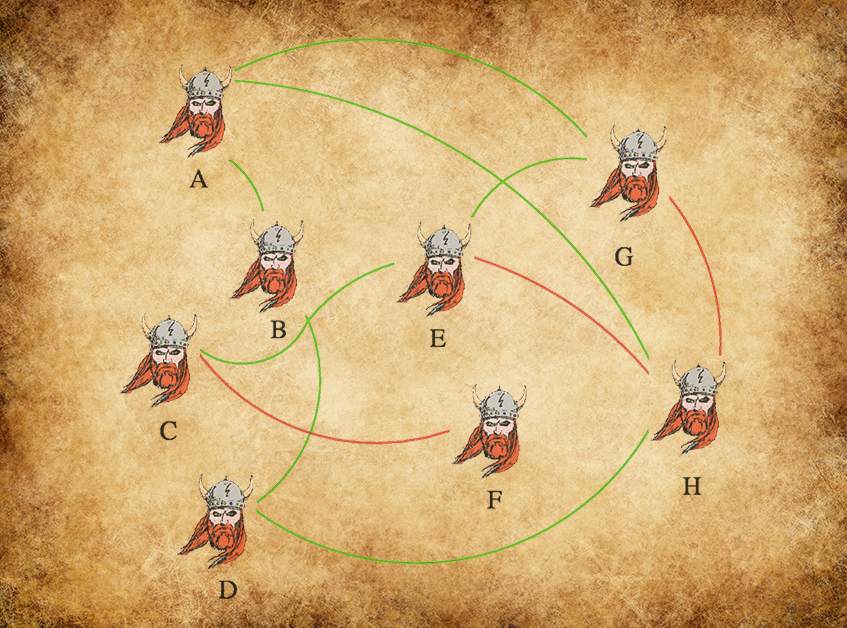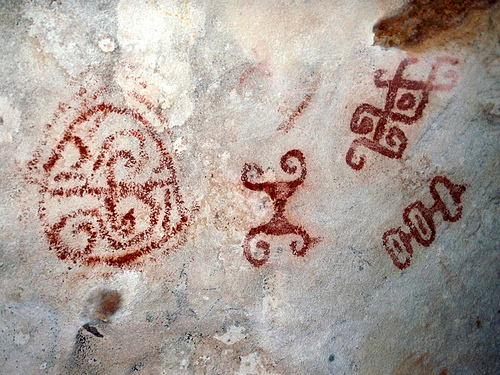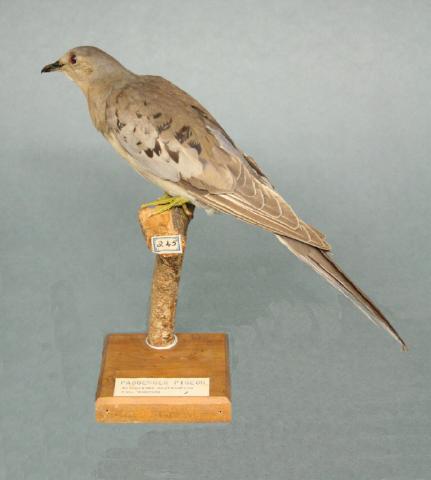Animal bones from the last Ice Age are continually being exposed by gold mining in the Yukon. The provincial government hires two paleontologists to collect the bones, and occasionally bits of flesh or fur, from the many mining operations; they already have 25,000 specimens.

“Typically, you know you’ve found it because you smell it before you see, it,” said Duane Froese, a University of Alberta scientist who has been coming to the Klondike for 20 years. “Imagine putting something in your freezer for 40,000 years and then thawing it out.”
In fact, most placer mines are permeated by a noticeably foul smell. As Klondike silt is blasted away, it unleashes the distinctive stench of millennia-old rotting plants and animals.
“It’s like rotting ancient barnyard, and you know when you have that smell that you’re going to find a lot of ancient material,” said Mr. Zazula.
The Klondike region, along with parts of Alaska, was one of the only parts of North America not to be covered by ice sheets during the last ice age.
As a result, while soil in the rest of Canada was repeatedly smashed and churned by glaciation, the frozen Klondike ground remained as undisturbed as a graveyard. In some remote area of the northern Yukon, prospectors even talk of finding mammoth prints.
Fossils in them there hills: Yukon gold miners uncover bounty in ancient animal remains each year





